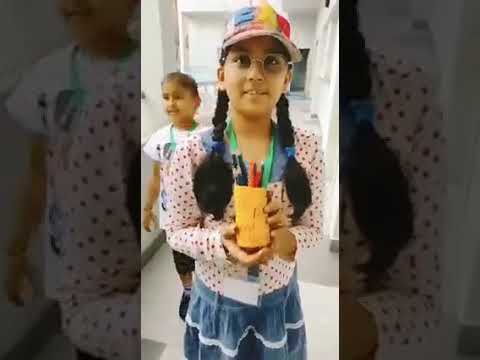
Welcome to The Ultimate Guide to Teaching Students About Upcycling and Recycling
In today’s world, where environmental issues are becoming increasingly urgent, it is more important than ever to educate the next generation about the importance of upcycling and recycling. Teaching students about these practices not only helps in creating a sustainable future but also instills in them a sense of responsibility towards the planet. This ultimate guide will provide educators with valuable insights, tips, and resources to effectively teach students about upcycling and recycling.
The Basics of Upcycling and Recycling
What is Upcycling?
Upcycling is the process of transforming waste materials or unwanted products into new materials or products of better quality or for better environmental value. It involves creatively reusing items that would otherwise end up in landfills, giving them a new purpose and extending their lifespan.
What is Recycling?
Recycling, on the other hand, involves the collection and processing of materials such as paper, glass, plastic, and metal to create new products. It is an essential practice that helps in conserving natural resources, reducing energy consumption, and minimizing waste.
The Importance of Teaching Students About Upcycling and Recycling
Integrating lessons on upcycling and recycling into the curriculum can have a profound impact on students’ understanding of environmental issues and their role in addressing them. By teaching students about these practices, educators can empower them to make sustainable choices, reduce their ecological footprint, and contribute to a greener planet.
Benefits of Teaching Students About Upcycling and Recycling
- Environmental Awareness: Educating students about upcycling and recycling raises awareness about the impact of waste on the environment and the importance of sustainable practices.
- Resource Conservation: Teaching students to upcycle and recycle helps in conserving natural resources and reducing the strain on the planet’s ecosystems.
- Problem-Solving Skills: Engaging in upcycling projects encourages students to think creatively, solve problems, and develop innovative solutions.
- Community Engagement: Involving students in upcycling and recycling initiatives fosters a sense of community and encourages collaboration towards a common goal.
Strategies for Teaching Students About Upcycling and Recycling
1. Hands-On Projects
One of the most effective ways to teach students about upcycling and recycling is through hands-on projects. Encourage students to collect materials, brainstorm ideas, and create upcycled products such as artwork, accessories, or home decor items. This practical approach not only reinforces the concepts but also allows students to see the tangible results of their efforts.
2. Guest Speakers and Field Trips
Invite guest speakers such as environmental activists, upcycling artists, or recycling experts to share their knowledge and experiences with the students. Organize field trips to recycling facilities, upcycling workshops, or sustainable businesses to provide real-world exposure and inspire students to take action.
3. Classroom Discussions and Debates
Facilitate classroom discussions and debates on topics related to upcycling and recycling. Encourage students to express their opinions, ask questions, and engage in critical thinking about the environmental implications of their actions. This interactive approach promotes a deeper understanding of the issues and encourages students to become responsible global citizens.
Resources for Teaching Students About Upcycling and Recycling
There are numerous resources available to educators to support teaching students about upcycling and recycling. From lesson plans and educational videos to online platforms and interactive tools, these resources can enhance the learning experience and make the concepts more accessible to students.
Recommended Resources:
- RecycleWorks: An online platform that offers educational materials, activities, and resources for teaching students about recycling and waste reduction.
- Upcycle That: A website dedicated to upcycling projects, ideas, and tutorials for students of all ages.
- Earth911: A comprehensive resource for information on recycling, upcycling, and sustainable living practices.
Conclusion
Teaching students about upcycling and recycling is not just about instilling good habits; it is about equipping them with the knowledge and skills to become environmentally conscious individuals who can make a positive impact on the world. By integrating these practices into the curriculum and providing students with the necessary resources and support, educators can empower the next generation to create a more sustainable and greener future for all.

